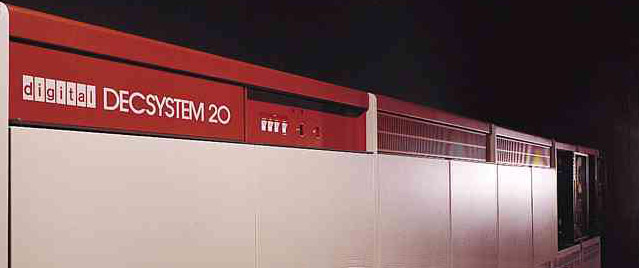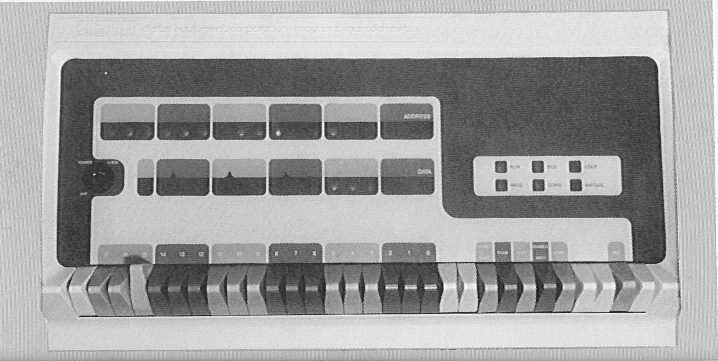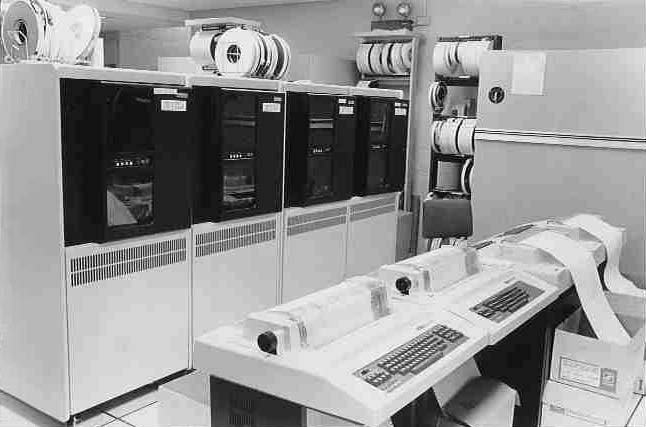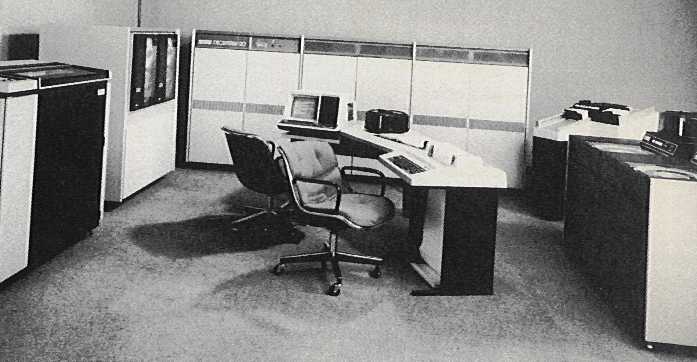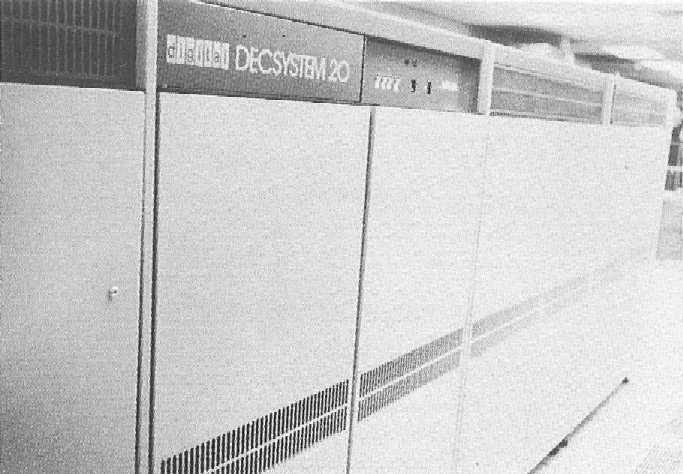Columbia University DECSYSTEM-20
Also see:
- The DECSYSTEM-20 at Columbia University 1977-1988.
- A
1986 video showing DEC-20s in Columbia's
machine room and a
gallery of screenshots from it.
- New Kermit release for the DEC-20, June 2023.
From 1977 to 1988 the DECSYSTEM-20 dominated Columbia University computing culture. It brought us everything we take for granted today — interactive (rather than batch) computing, file sharing, email, discussion groups, visual text editing and formatting, spell checkers, production and typesetting of papers and books, local and wide-area networking — everything except the graphical user interface. Eventually the Columbia Computer Center had four DEC-20s, plus another one in the Computer Science Department and another at Teachers College, all networked together (at first with DECnet, later with TCP/IP), each costing about a million dollars.
The DEC-20 is a bit over 5 feet high and 10-30 feet wide depending on how many cabinets for memory, tapes, networking, etc, plus any number of washing-machine size disk drives, big line printers, and other peripherals (still, it was tiny compared to the IBM 360/91 in the next room). It requires three-phase power and isolated true-earth ground, raised floor, massive amounts of air conditioning, and weekly or biweekly "preventive maintenance." It has two million 36-bit words of main memory and accommodates 30 simultaneous users comfortably, and up to about 100 with increasing discomfort.
As you can see, there is not much in the way of lights and switches. But inside the main cabinet, not visible in the top picture, is the PDP-11/40 front end (used mainly to interface terminals and printers), which has a more entertaining front panel done in shades of blue:
The switches labled 15 through 0 could be used to load 0's or 1's into the 16-bit switch register, which could then be deposited into PDP-11 (not PDP-10) memory by using the the other switches (not that this was done commonly on the DEC-20; earlier computers, however, were booted by "toggling in" the bootstrap program in a like manner).
This shows the old VT52 terminal we kept on top of CU20A to display the current load average (the higher the number, the slower the computer; sometimes it got up past 100, where it would take several minutes for each keystroke to echo). "Load average" means the average ratio of working set to balance set over some period of time, like 1, 5, or 10 minutes.
Here's a photo of some of our DEC-20 TU77 9-track magnetic drives and some LA-36 DECwriters (hard-copy fanfold-paper terminals)"
Here's a full view of a small DEC-20 system from the vendor literature:
From left to right: An LP20F line printer, two TU45 tape drives, then the DEC-20 itself (front-end cabinet with serial line interfaces; disk/tape interface and memory cabinet; KL10 CPU cabinet), a CD20 card reader (ours didn't have any of these), and two RP04 disk drives. The terminals are a VT52 video terminal (DEC's first video terminal that had both upper AND lowercase letters) and an LA36 DECwriter hardcopy terminal. Between them is an RP04 3330 disk pack (92MB).
Here is a floor plan drawn by Bill Schilit in 1984, when we had three DEC-20s (explained HERE).
Also see THIS DEC-20 MACHINE ROOM PHOTO. Here is one of our DECSYSTEM-20s in the Columbia University machine room, circa 1980:
Translations of this page courtesy of...
| Language | Link | Date | Translator | Organization |
|---|---|---|---|---|
| Belarusian | Беларуская | 2023/08/22 | Vladyslav Byshuk | Владислав Бишук | studycrumb.com |
| German | Deutsch | 2023/08/19 | Kersten Schmidt | writemypaper4me.org |
| Finnish | Suomi | 2023/08/31 | Kerstin Schmidt | writemyessay4me.org |
| Italian | Italiano | 2023/08/31 | Kerstin Schmidt | admission-writer.com |
| French | Français | 2023/08/19 | Kersten Schmidt | ProThesisWriter |
| Polish | Polski | 2023/08/19 | Kersten Schmidt | justdomyhomework.com |
| Russian | Русский | 2023-08-05 | Alexey | Plastic Recycling Company |
| Slovak | Slovenčina | 2023/08/22 | Vladyslav Byshuk | Владислав Бишук | skyclinic.ua |
| Spanish | Español | 2023/08/31 | Kerstin Schmidt | pro-academic-writers.com |
| Ukrainian | Українська | 2023/08/22 | Vladyslav Byshuk | Владислав Бишук | studybounty.com |
